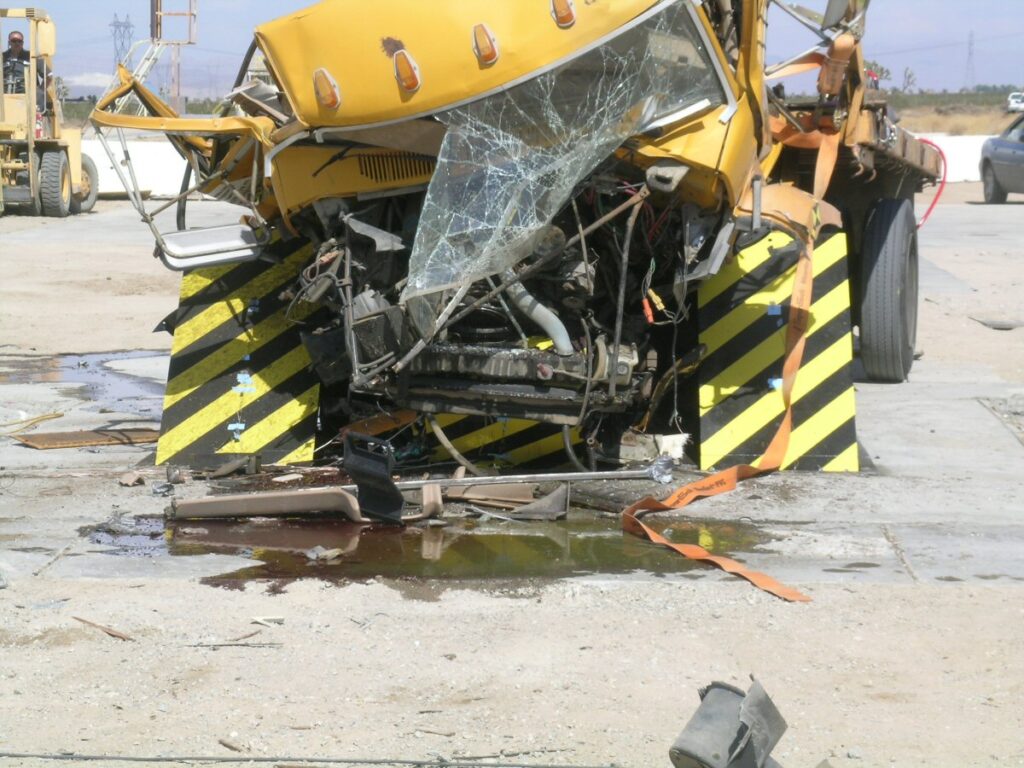Crash Ratings and Certifications

At Delta Scientific, we know that you need to rely on our products to perform correctly and predictably in emergency situations. When a vehicle is barreling toward your facility, the difference between a catastrophe and a crisis averted can be a matter of seconds. For this reason, we put our products through multiple crash test scenarios to determine a crash rating, i.e., how effective each barrier is under a particular set of circumstances. We then submit to various certifying agencies to confirm and validate the results.
Crash Tests
We perform testing of our physical barriers using real vehicles under controlled circumstances. The crash test ratings that we use are based on the behaviors of a 15,000-pound truck. The variable is the speed that the truck is traveling at the time of impact. Crash tests are carried out at 30, 40, and 50 miles per hour, and the fastest speed at which the barrier remains effective determines its crash rating.
The crash test ratings we use most are M-ratings and K-ratings. With the former, the number following the M is the maximum speed in miles per hour that the vehicle travels when the barrier stops it. For example, a barrier with an M30 rating is effective at 30 miles per hour, while an M50 barrier is effective at 50 miles per hour.
The criteria for a K-rating are the same but the ratings themselves are different. For example, a K4 is equivalent to an M30 rating, and a K12 is equivalent to an M50.
Finite Element Analysis
In addition to running crash tests on physical barriers, we also run computer simulations. We perform a type of testing that we call “Finite Element Analysis.” It is based on data that we have collected from over 30 full-scale tests. With the information stored in our database, we can test new designs using highly accurate computer models. With Finite Element Analysis, we are able to analyze special applications to meet the demands of our customers with custom products designed especially for them. We are also able to test designs before we actually build the new products so we can determine their survivability before building a prototype.
Certifications
There are many government agencies and civilian organizations that set standards for security products such as our traffic barricades. The crash test M-ratings and K-ratings that we use are based on standards set by, respectively, ASTM International and the United States Department of State.
Other certifying agencies include the following:
- U.S. Army Corps of Engineers
- U.S. Department of Defense
- U.S. Department of Energy
- U.S. Navy
- Technical Support Working Group
- Nuclear Regulatory Agency
Each of our products is certified by at least one of these organizations. Some have more than one certification.
The way that we obtain a certification is that we submit evidence to the certifying organization in the form of data from our Finite Element Analysis and results from our crash testing. The organization then reviews the information and compares it to its established standards. If the organization determines that our product meets or exceeds its standards, it notifies us that the product receives its certification.
Sources:
Share This Story, Choose Your Platform!
